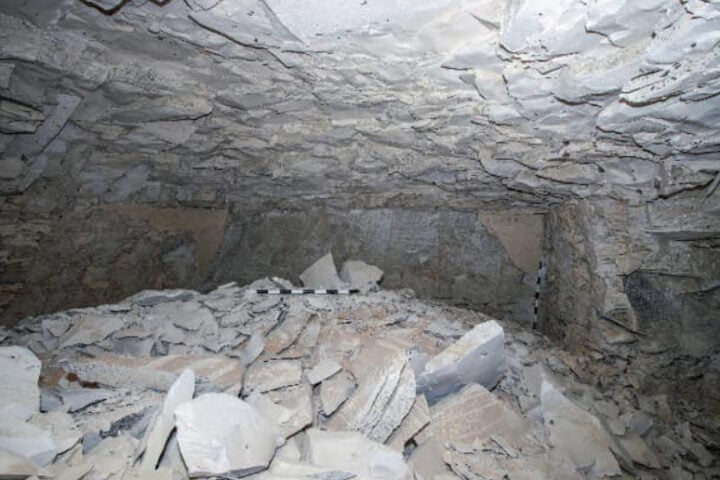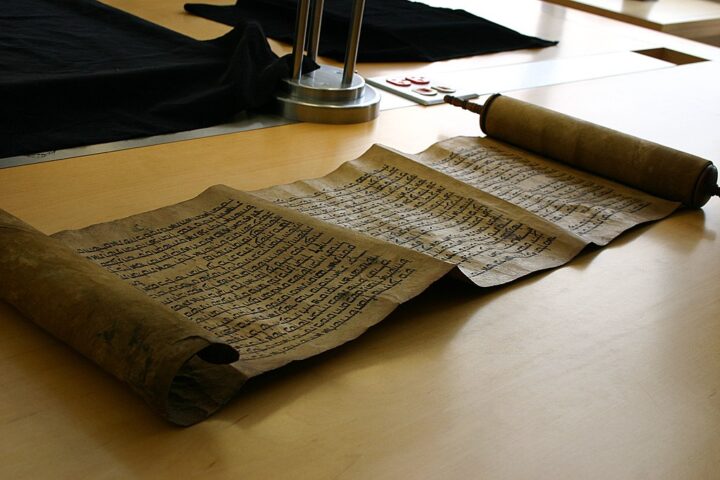Bird feathers preserved in 99-million-year-old amber reveal insights into the connection between modern birds and dinosaurs. The discovery helps understand the role of molting in the extinction of some early bird species. Enantiornithines, a group of birds, were the only dinosaurs to survive the asteroid strike that wiped out non-avian dinosaurs. Molting, the shedding and regrowth of feathers, played a significant role in the fate of Enantiornithines. Feathers are complex structures that cannot be repaired, necessitating the molting process. The study highlights the importance of molting for various bird functions such as flight, swimming, and warmth. Modern birds typically undergo sequential molting, replacing a few feathers at a time over weeks, allowing them to fly. The research analyzed 99-million-year-old fossilized feathers preserved in amber to study ancient molting processes.
“We want to know, how did this process evolve? How did it differ across groups of birds? And how has that shaped bird evolution, shaped the survivability of all these different clades?”
– Jingmai O’Connor, Associate curator of fossil reptiles at Chicago’s Field Museum
The fossilized feathers exhibited a combination of precocial and altricial characteristics not found in any living bird species. Molting requires a significant amount of energy, and losing many feathers at once can make it challenging for birds to stay warm. The study suggests that ancient birds may not have molted as frequently as modern birds, potentially molting simultaneously or irregularly. Prehistoric birds and feathered dinosaurs likely had different molting patterns, which may have influenced their survival. Moult is considered a significant factor in determining which dinosaurs were able to survive the mass extinction event. The research emphasizes that a combination of characteristics, including molting, contributed to the survival of some dinosaur groups.
“When the asteroid hit, global temperatures would have plummeted and resources would have become scarce, so not only would these birds have even higher energy demands to stay warm, but they didn’t have the resources to meet them.”
-Jingmai O’Connor, Associate curator of fossil reptiles at Chicago’s Field Museum
Similar Post
The Enantiornithines, a now-extinct precocial group of birds, were unable to cope with the demands of molting during the asteroid impact. Global temperature drops and resource scarcity following the asteroid strike further affected the survival of Enantiornithines. The study suggests that some ancestors of modern birds, which molt once a year, may have survived the mass extinction. The survival of these ancestral birds paved the way for the evolution of modern bird species. Enantiornithines were one of the most diverse bird groups during the Cretaceous period but eventually went extinct. The research was published in the journals Cretaceous Research and Communications Biology. Understanding the role of molting in bird evolution and extinction helps unravel the mysteries of ancient ecosystems.


















